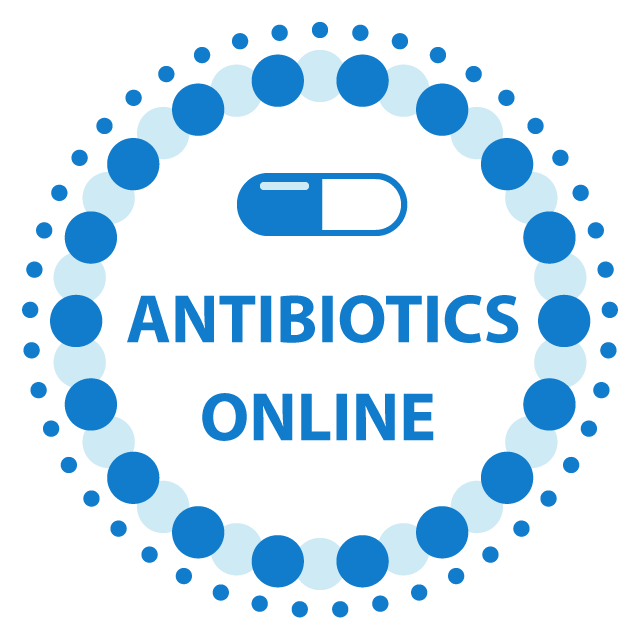Common Types of Antibiotics
Antibiotics are group of drugs that are used for treating conditions such as infections that result from germicides (parasites and bacteria). Parasite is a type of germ that requires a host (another living being) to survive. Antibiotics are also referred as antimicrobials and antibacterials in many cases. They are found in many different forms such as injection, capsules, tablets, and liquids.
Antibiotics in the form of injection are given to patients who are suffering from a severe form of infection. They are usually treated in a hospital setting. Mild skin infections are treated with the help of lotions, creams, and ointments. It is very important to known that antibiotics are used for treating infections that result from specific parasites and bacteria. They have no ability of curing viral or fungal infections.

Antibiotics and Its Types
Antibiotics are available in the market under different brand/trade names. They are grouped together according to their course of action. Specific antibiotic drugs work against certain parasites and bacteria only. This makes the categorization of antibiotics necessary. Some of the commonly used antibiotics are:
Penicillin
This class of antibiotics is also referred as beta-lactum antibiotics. It majorly constitutes five groups of drugs namely; penicillinase resistant penicillins, natural penicillins, aminopenicillins, beta-lactamase inhibitors, and antipseudomonal penicillins. Some of the drugs commonly used are:
- amoxicillin/clavulanate (Augmentin)
- penicillin V potassium
- amoxicillin
Cephalosporins
This class of antibiotics also has 5 groups that include coverage to gram-negative infections. It can be used for treating several types of infections like meningitis, urinary tract infections, strep throat infections, skin infections, and ear infections. Some of the drugs include:
- cefdinir (Omnicef)
- cefuroxime (Ceftin)
- ceftriaxone (Rocephin)
Tetracyclines
The drugs in this class can treat conditions like periodontitis (gum disease), eye infections, acne, intestinal tract infections, sexually transmitted diseases, urinary tract infections, and several other infections caused by bacteria. Some of the commonly used drugs in this class are:
- tetracycline
- doxycycline
- minocycline
Lincomycins
Lincomycins are antibiotics that help in treating serious forms of infections like joint infections, bone infections, intra-abdominal infections, lower respiratory tract infections, and pelvic inflammatory disease. Some of the drugs are:
- Lincomycin (Lincocin)
- Clindamycin (Clocin)
Quinolones
They are also referred as fluoroquinolones which include a broad activity spectrum. Certain urinary tract infections that are difficult to treat using other antibiotics can be treated using quinolones. Other conditions treated using this class of antibiotics are bacterial prostate, plague, anthrax, and hospital-acquired pneumonia. Though they are useful, the FDA had issued a very strong warning in the year 2016. The drugs included here are:
- Moxifloxacin (Avelox)
- Ciproflaxacin (Cipro)
- Levofloxacin (Levaquin)
Sulfonamides
Common uses of sulfonamides include ear infections, treating pneumocystis pneumonia, urinary tract infections etc. Some of the drugs are:
- Sulfisoxazole
- Sulfamethoxazole-trimethoprim (Septra, Bactrim DS, Bactrim)
- Sulfasalazine (Azulfidine)
Macrolides
Some of the uncomplicated and susceptible skin infections can be treated using Macrolides. The frequently prescribed drugs include:
There are several other classes of antibiotics as well. Most of the antibiotics are prescribed drugs. The tropical ones for skin infections can be availed over-the-counter.

